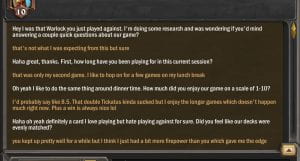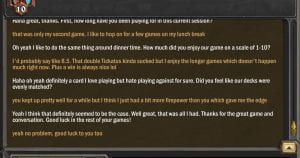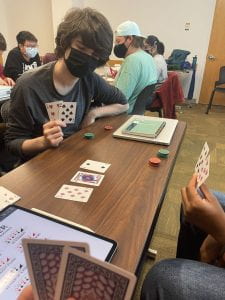How to Play:
Each day, the player must perform a certain number of activities to fill their day with. There are 5 different activities to choose from:
Sleep – wait for 30 second timer
Eat – roll 2 dice until you get certain numbers
Exercise – spin a wheel to determine a random exercise to do
School – answer 10 simple math questions
Fun – play a round of Snake
Normally, players can do 4 of these activities per day. At the start of each day, the player rolls a d20. If they roll a 20 on a weekday, or an 18, 19, or 20, on a weekend, they can choose an extra activity on that day. If you choose not to Sleep, Eat, or Exercise on a given day, your Health will go down by 5. If you don’t do your Schoolwork, your grade will go down by one letter, resulting in a Game Over if you reach an F. If you choose to have Fun, your score will increase. The goal of the game is to make it to the end of the month while keeping your Health and Grades as high as possible.
Artist’s Statement
The goal of the game was to simulate the feeling of having to budget your time when you already don’t feel you have enough of it to do everything you want. The “twist ending” (for lack of a better term) of the game would be that the highest health possible you could achieve was 100, so your score didn’t really mean anything and if you ever sacrificed your Health or Grades for Fun, you lose. The only time when the player is supposed to be able to choose Fun and still win is when they roll high on the d20 at the start of their day, which simulated having extra free-time on that day. This game overall was meant to symbolize the experiences I and many other people (in particular college students) have had in which we have all of these things that need to get done in order to maintain a healthy and productive lifestyle, but the sheer volume can be overwhelming sometimes and when we choose to take some time and relax, the relief is only short term and is overall detrimental to achieving that “productive lifestyle”.
The biggest inspiration for this game was probably my own score for project 1 (even sharing its name), which involved slacking off on certain obligations and responsibilities in order to have “fun”, which in turn becomes an unhealthy cycle that is very much not fun. That piece was inspired by Yoko Ono’s Cut Piece and other similar works that involved something dangerous or actively detrimental to the one performing it. Another inspiration for my game was Brenda Romero’s Train, in the sense that you are working towards a goal throughout the game, but once it’s over, the true nature of what you’ve been doing is revealed, and you now should have a different view of what your actions have caused after seeing them in this new light. One final inspiration for my game could be Dadaism as a whole and the general nonsensical aspect of it. Many of the actions you actually take in my game are meant to symbolize activities that are really not that similar to them but still somewhat make sense, such as rolling dice to symbolize finishing a meal, or just watching a timer for 30 seconds to simulate sleep. It may have even been more subconsciously, but I think the abstract nature of the Dada movement may have played a role in how I landed on these ideas for how I would convey the feeling of the activities I chose.
Below are some photos of my game being played, as well as a Google Slides link where you can play it yourself
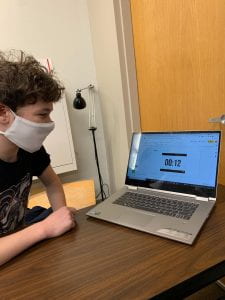
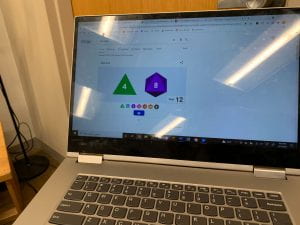

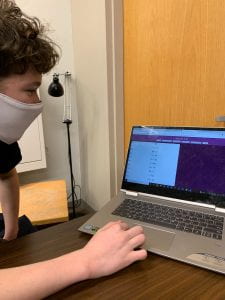

https://docs.google.com/presentation/d/1e25mprRlcHr-KDi4malghUmZz5g13p2J8x4Fi1S9WOA/edit?usp=sharing

